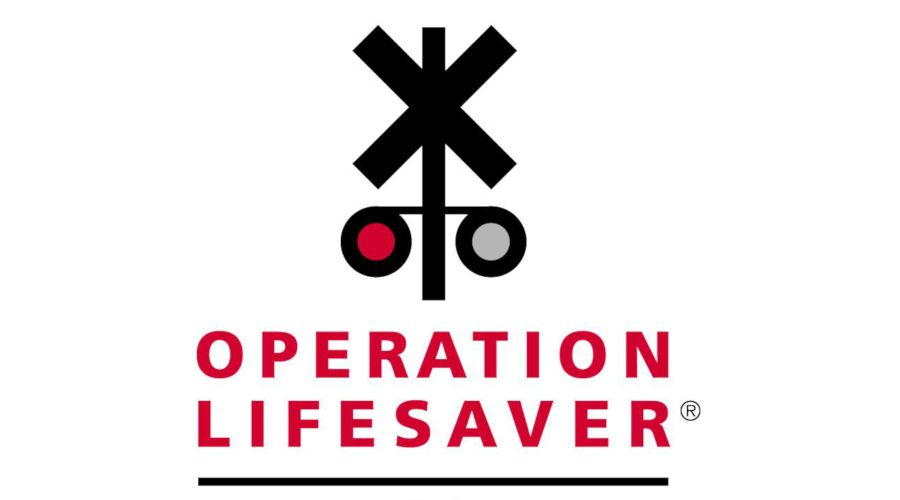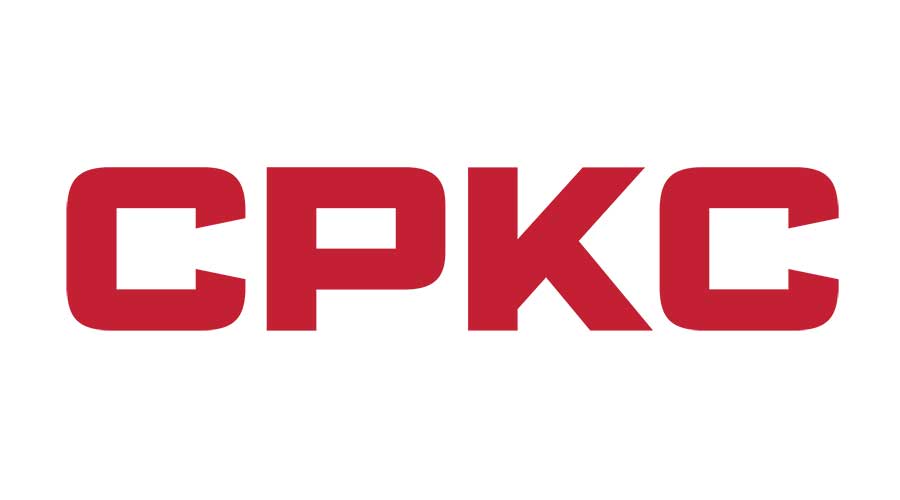Stay updated on news, articles and information for the rail industry
4/17/2014
Rail News: Union Pacific Railroad
UP set four first-quarter financial records despite winter's adverse conditions
Broad-based volume increases, core pricing gains and "reasonable" productivity improvements helped Union Pacific Corp. register record-setting financial performance in the first quarter despite an historically harsh winter, especially in the upper Midwest, senior executives said this morning during the Class I's earnings conference.
The Q1 records include diluted earnings at $2.38 per share, up 17 percent year over year; operating revenue at $5.6 billion, up 7 percent; operating income at $1.85 billion, up 14 percent; and the operating ratio at 67.1, down 2 points. In addition, freight revenue rose 6 percent to a first-quarter best $5.3 billion, and volume increased 5 percent to 2.3 million units.
UP leveraged the strengths of its diverse franchise in the face of challenging weather conditions, said Chairman and Chief Executive Officer Jack Koraleski.
"We're proud of the efforts of the men and women of Union Pacific, who worked tirelessly to serve our customers despite these weather challenges and helped us achieve such a solid start to the year," he said.
By business group:
• agricultural products revenue jumped 16 percent to $910 million and volume climbed 13 percent to 239,000 units as grain traffic soared 39 percent to 90,100 units;
• automotive revenue was flat at $488 million and volume ratcheted up 2 percent to 188,000 units as the severe winter impacted vehicle purchases in January and February;
• chemicals revenue rose 2 percent to $893 million and volume was flat at 270,000 units — crude-oil carloads fell 18 percent to 37,600 units due to more negative price spreads;
• coal revenue increased 3 percent to $961 million and volume rose 7 percent to 430,000 units as Colorado/Utah tonnage climbed 13 percent to 6.8 million;
• industrial products revenue jumped 10 percent to $1 billion and volume rose 9 percent to 314,000 units as frac sand carloads climbed 22 percent; and
• intermodal revenue increased 4 percent to $1 billion and volume increased 3 percent to 833,000 units as domestic traffic climbed 8 percent to 394,900 units.
UP's first-quarter operating expenses increased 3 percent to $3.8 billion, including $35 million in costs associated with the harsh winter. The Class I dealt with congestion in Chicago, which experienced a record number of days with temperatures at or below zero and the city's third-most snowfall, said President and Chief Operating Officer Lance Fritz. In addition, Minneapolis registered its fifth-most number of days with temperatures at or below zero and an above-average snowfall.
The adverse weather conditions caused UP's velocity to fall from 26.4 mph in first-quarter 2013 to 24.5 mph, and freight-car dwell time to rise from 27.4 hours a year ago to 30.7 hours, said Fritz. To counteract the conditions, the railroad limited train sizes, realigned resources, chose alternate switching locations and made other operational moves, he said.
For the remainder of 2014, senior execs plan to watch the weather and economy closely to "see how it plays out," said Koraleski. The Class I anticipates positive volume growth, assuming continued economic strengthening, more core pricing gains and additional network efficiencies.
"There's still a lot of year ahead of us, but we are seeing signs of gradual economic improvement, and we're encouraged by the opportunities it presents," said Koraleski.
Longer term, UP expects to achieve a sub-65 annual operating ratio before 2017.


 2025 MOW Spending Report: Passenger-rail programs
2025 MOW Spending Report: Passenger-rail programs
 Gardner steps down as Amtrak CEO
Gardner steps down as Amtrak CEO
 Guest comment: Oliver Wyman’s David Hunt
Guest comment: Oliver Wyman’s David Hunt
 Women of Influence in Rail eBook
Women of Influence in Rail eBook
 railPrime
railPrime







